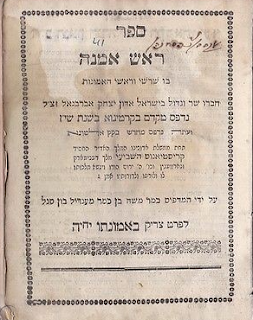A GUEST POST BY RABBI BORUCH CLINTON:
Rabbi Boruch Clinton is a regular contributor to Kotzk Blog.
He is most qualified to write about Torah education and Torah institutions,
having taught at both yeshiva and Bais Yakov schools for twenty years. He currently works as an information technology provider,
authoring books and courses on cloud computing, technology security, server
virtualization, data analytics, and Linux system administration.
Do people running Orthodox communal institutions have a
responsibility to the truth? By which I mean: is the active use of deception
and misrepresentation reasonable when, say, you’re attempting to protect
individual children and families from possible harms associated with school
closures and pandemic-related shut downs?
The problem
Here’s what I’m talking about. During the COVID-19 pandemic,
a number of Torah schools were faced with mandated closure alongside all the
public and private schools in their city. Rather than shut down, these schools
claimed to comply while, in fact, remaining effectively open in one form or
another. They also issued vaguely worded communications to parents that, in
plain English, suggested compliance while hinting to alternate guidance.
There is no question that remote schooling is, in nearly all
cases, less effective, perhaps even disastrous. Nearly everyone agrees that
children should be in school whenever possible. The issue I’ll be discussing
here involves the use of deception to achieve that goal. Is such behavior
within the bounds of accepted Torah tradition? And, from the perspective of a
straightforward cost/benefit analysis, does it even make sense?































